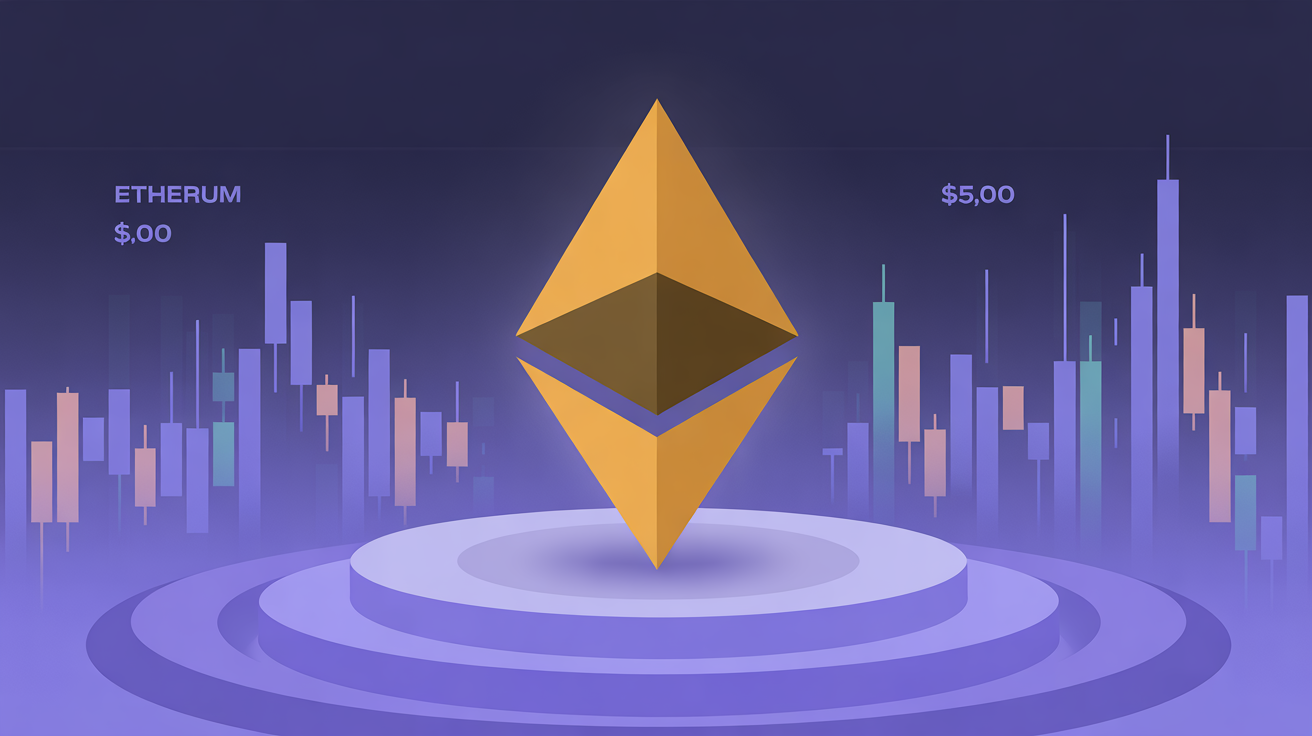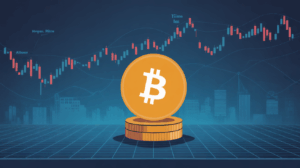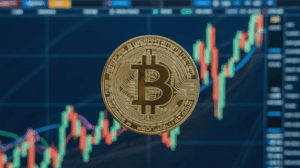Powell’s Speech and Its Implications for Crypto, Inflation, and Rates Through Late 2025 and Beyond
Powell’s Jackson Hole Speech Highlights Inflation and Jobs Balance, Setting the Tone for Fed Policy Through 2026
At this year’s Jackson Hole Economic Policy Symposium, Federal Reserve Chair Jerome Powell delivered a measured assessment, highlighting the complex interplay between stubborn inflation and a weakening labor market. His remarks suggest a cautious approach to monetary policy that will likely extend into late 2025 and beyond.
Powell pointed out that the effects of tariffs on consumer prices are now clearly influencing inflation, with July’s headline PCE inflation at 2.6% and core inflation at 2.9%. Notably, goods prices have reversed last year’s declines and are now rising.
He described the labor market as “a curious kind of balance,” noting a significant slowdown in payroll growth—from 168,000 jobs per month in 2024 to around 35,000 recently—while unemployment remains steady at 4.2%. Reduced immigration and slower labor force expansion mean fewer new hires are needed to maintain unemployment rates, masking underlying vulnerabilities.
Powell emphasized that inflation risks are “tilted to the upside” while employment risks lean “to the downside.” This combination calls for a cautious, data-driven monetary policy rather than rapid rate cuts.
The Fed also signaled a policy framework shift by moving away from its 2020 average inflation targeting back to a flexible 2% inflation goal. Powell clarified that employment levels can exceed estimates without automatically triggering rate hikes, provided price stability is maintained.
He reaffirmed, “We will not allow a one-time increase in the price level to become ongoing inflation.” While September’s meeting is live for a potential rate cut, the bar for multiple cuts is high unless economic data deteriorates sharply.
Political Factors Add Complexity
Powell’s current term ends in May 2026, and though he plans to finish it, political factors introduce uncertainty. Former President Donald Trump has criticized Powell’s cautious stance and may nominate a successor more inclined to prioritize economic growth over inflation control. While the Fed chair cannot be removed for policy reasons, markets are already pricing in the possibility of a more dovish leader taking the helm before 2026.
Political tensions surfaced when Trump publicly threatened to remove Fed Governor Lisa Cook over alleged misconduct, signaling potential increased political pressure on Fed leadership that could affect future communication and policy clarity.
Implications for U.S. Treasurys
Powell’s speech implies a gradual and cautious path for rate cuts in late 2025 unless inflation falls decisively. Persistent goods price inflation and slowly easing services inflation suggest that short-term yields may stay firm, with curve steepening only if growth weakens.
A future Fed chair more willing to ease could reduce term premiums by signaling a faster return to neutral rates. Until then, rate volatility will likely be driven more by economic data than Fed guidance.
Equity Market Outlook
A cautious Fed supports the potential for a soft landing but limits expectations for rapid stock multiple expansions. While earnings growth can sustain markets, rate-sensitive growth stocks remain vulnerable to inflation or wage surprises that could delay rate cuts.
If investors start pricing in a Fed chair more tolerant of higher inflation, cyclical and small-cap stocks may outperform. However, inflation expectations will remain a key risk factor. For now, stocks are highly sensitive to inflation data, employment figures, and Fed statements.
Crypto Market Impact
Crypto markets are influenced by both liquidity conditions and inflation trends. A “higher for longer” interest rate environment limits speculative investment in altcoins and crypto-related equities like miners and exchanges due to elevated borrowing costs and tighter risk appetite.
At the same time, sustained inflation supports demand for scarce, hard assets like Bitcoin and large-cap tokens with cash flows, rather than speculative, narrative-driven projects. A less cautious Fed chair in 2026 could boost crypto liquidity but may also increase short-term market volatility amid uncertainty over policy and leadership.
The Path Forward Matters
Even if the Fed cuts rates in September, Powell’s tone suggests a slow and measured easing tied to inflation data rather than market optimism. Mortgage market rigidity and modest global easing offer limited support. The trajectory of the dollar and term premiums will hinge on whether inflation is transitory or persistent.
If inflation proves temporary, crypto and risk assets could broaden and rotate beyond current market leaders. If it remains sticky, market leadership narrows and rallies falter on strong economic data.
Looking Ahead to 2026
Markets face a two-stage outlook: Powell’s cautious, data-driven policy through 2025, followed by a potential shift to a more growth-focused Fed chair nominated by Trump. Although Senate confirmation and political realities make a swift policy change unlikely, uncertainty and the range of outcomes will increase.
For Treasurys, this means sustained term premium volatility until leadership clarity. For equities, expect sector rotation and factor shifts. For crypto, anticipate stronger medium-term liquidity balanced by short-term volatility.
Conclusion
Powell has called for patience as inflation unfolds and job growth slows. Markets must navigate this cautious approach through late 2025 while weighing the chances of a less cautious Fed chair in 2026. This dynamic sets up a challenging environment: steady tests for bonds, gradual progress for equities, and volatile swings for crypto, with outcomes dependent on inflation’s trajectory and policy responses.
Share this content:













